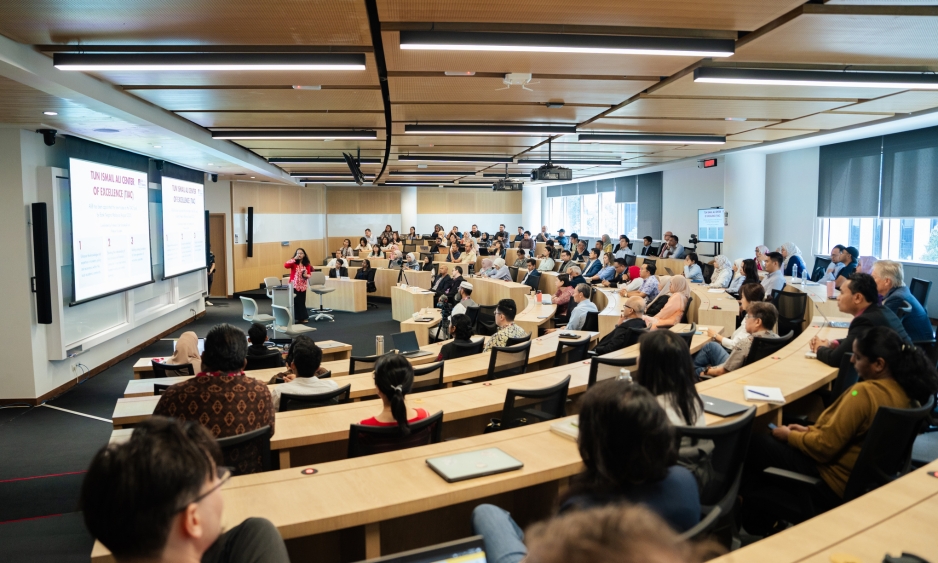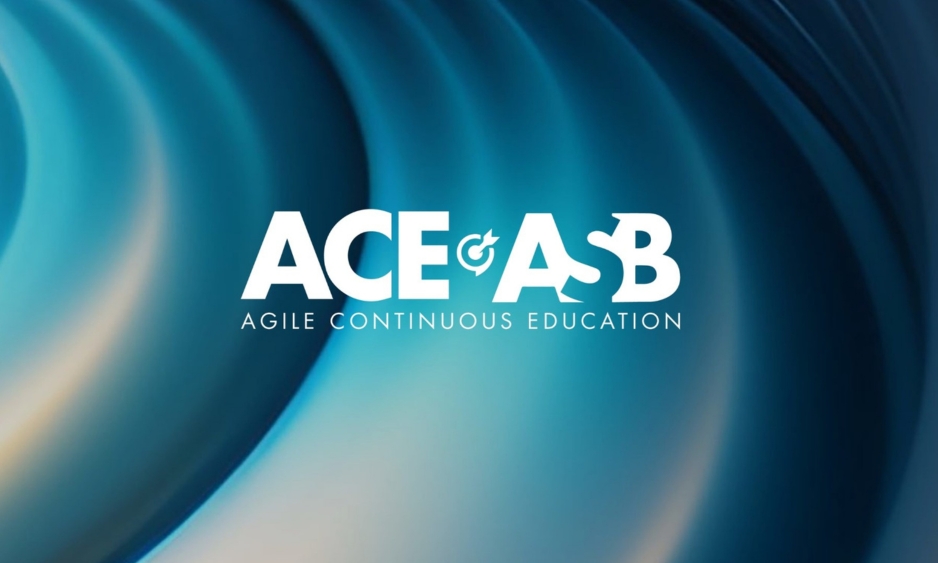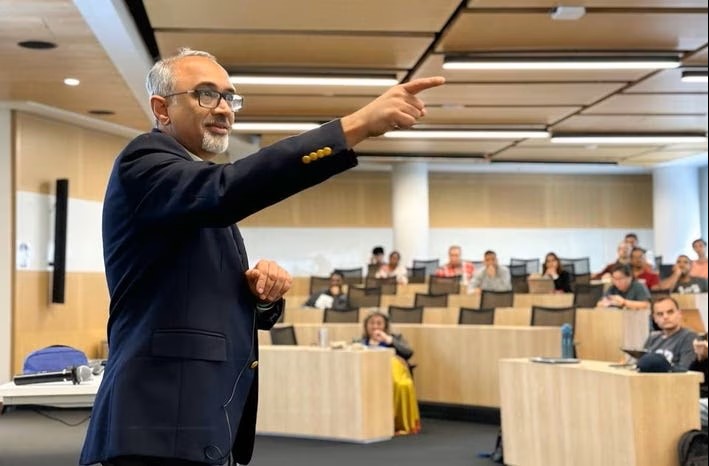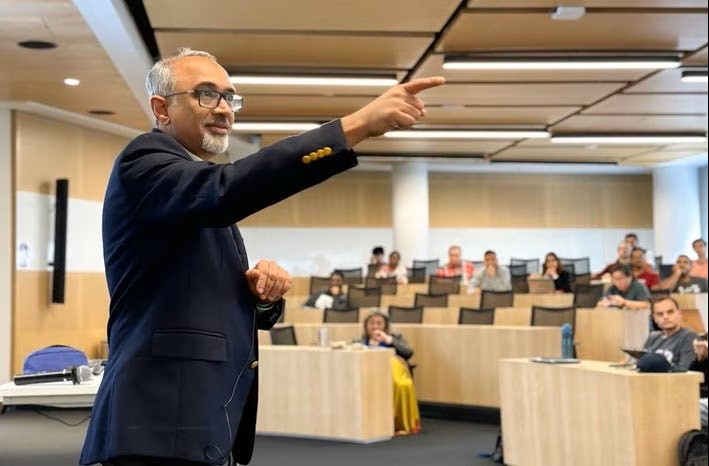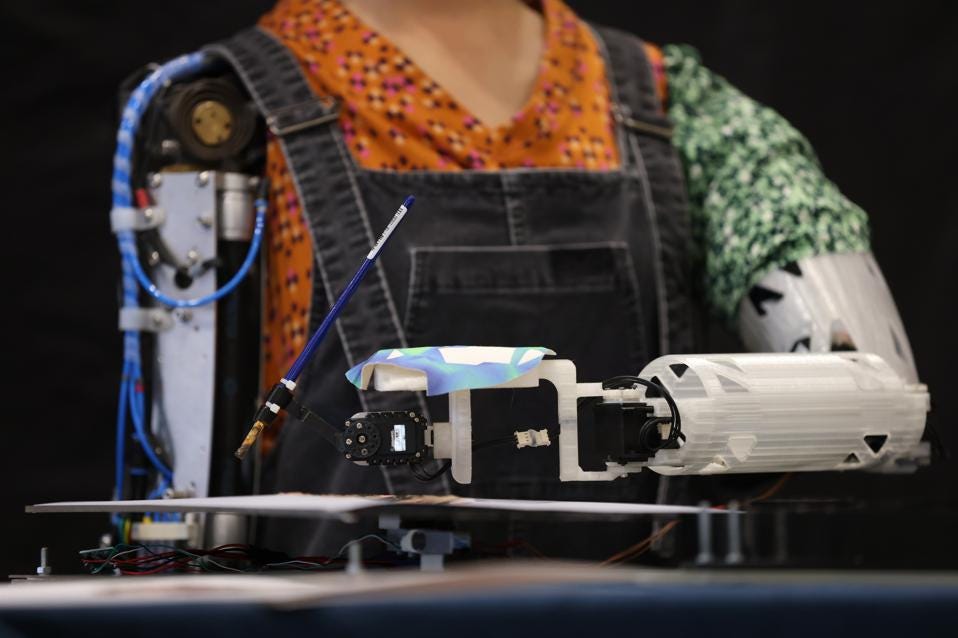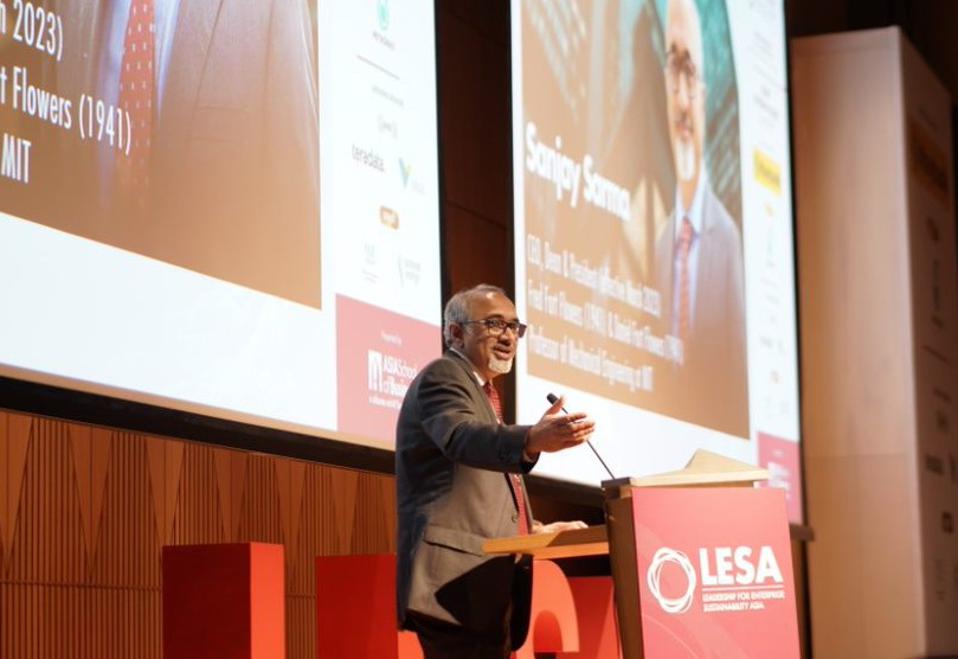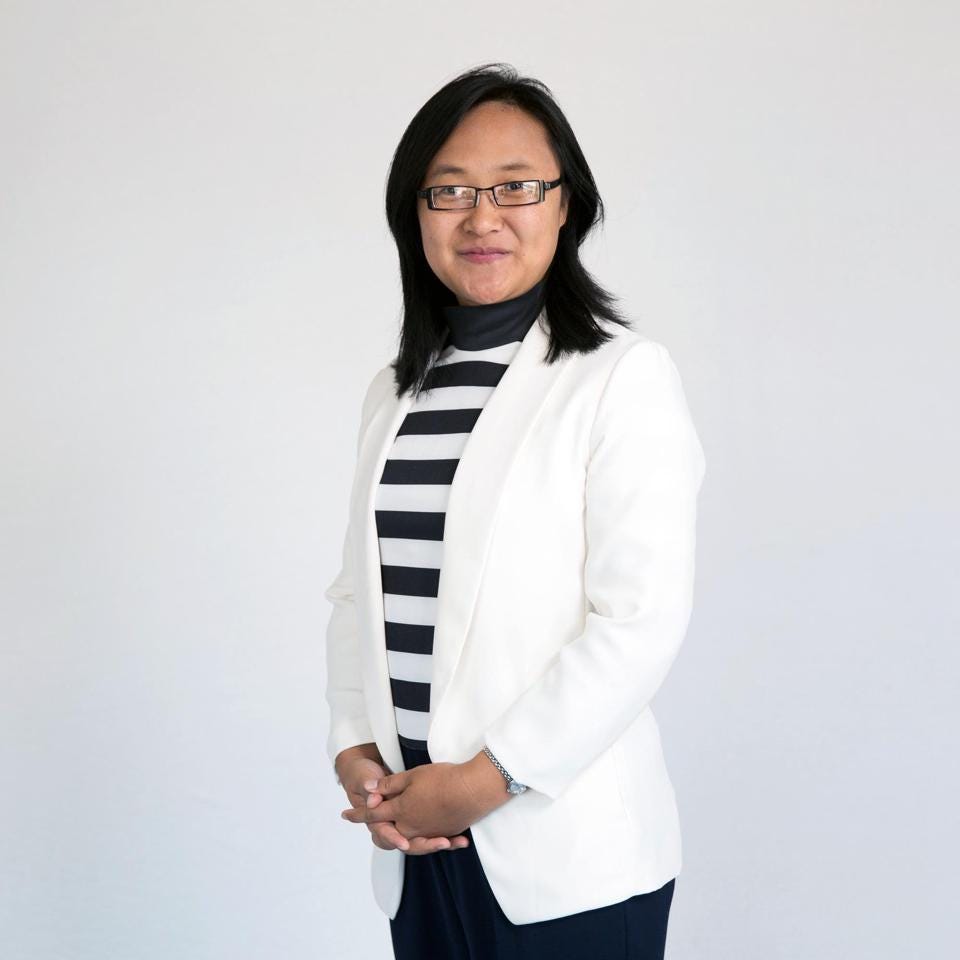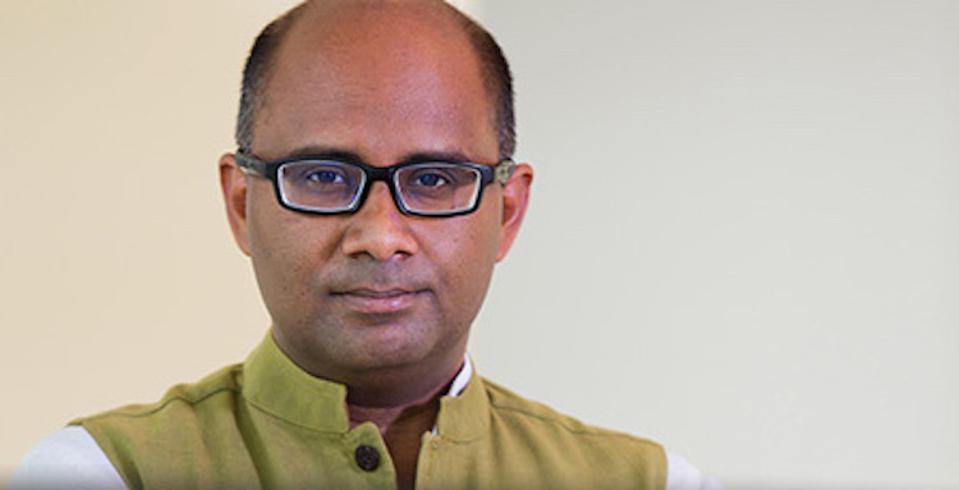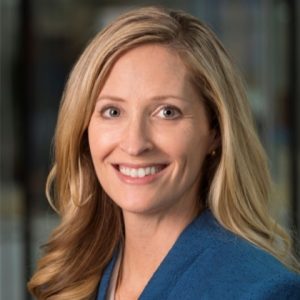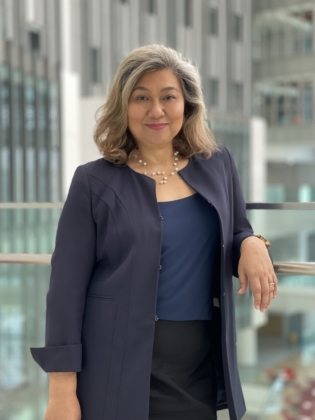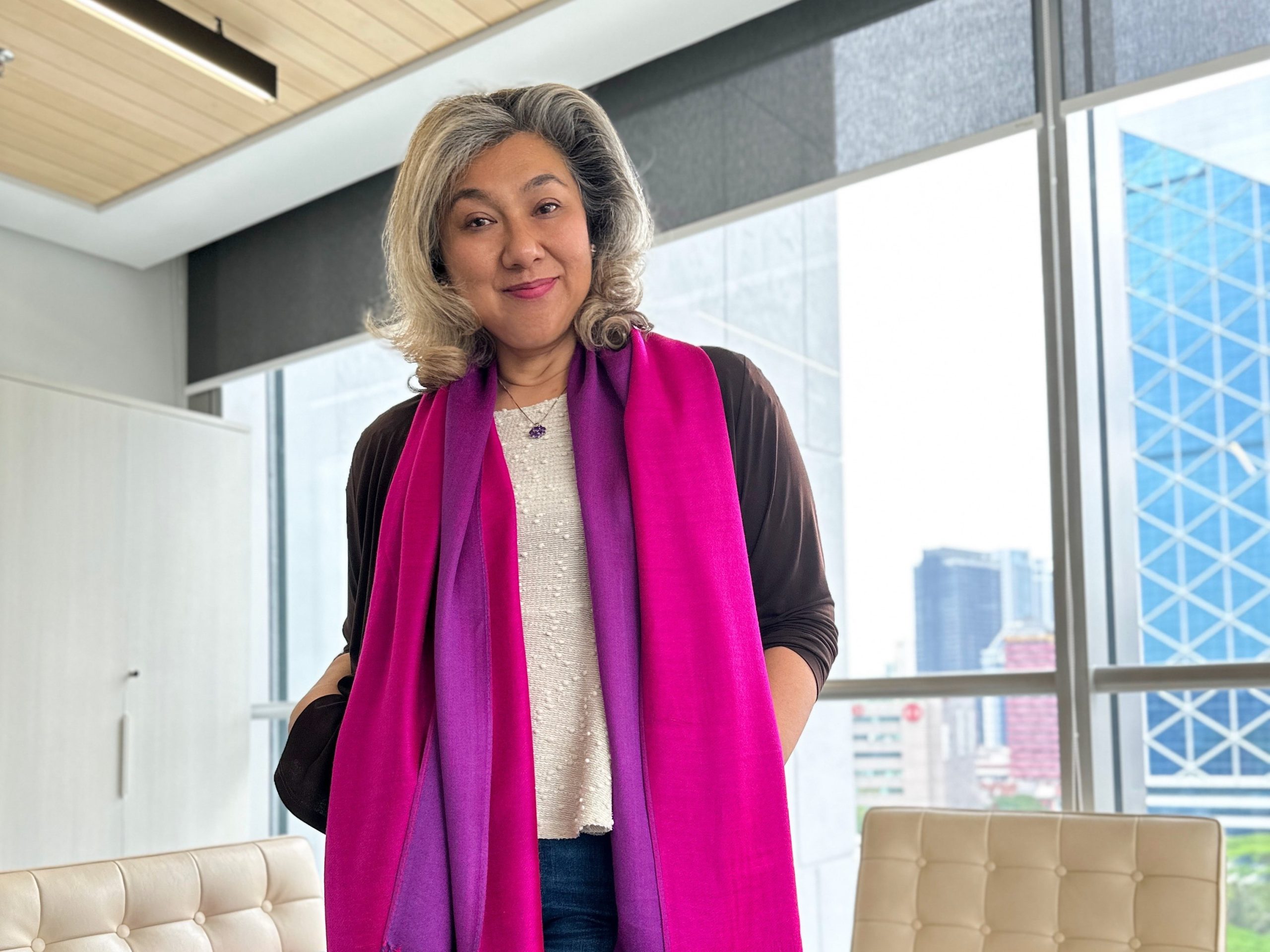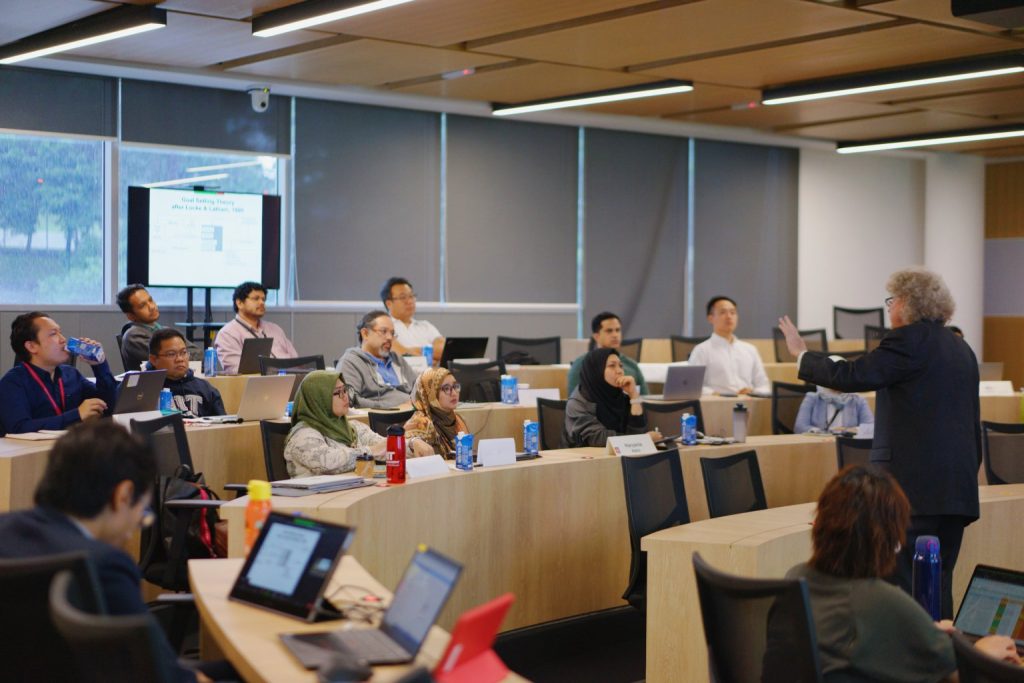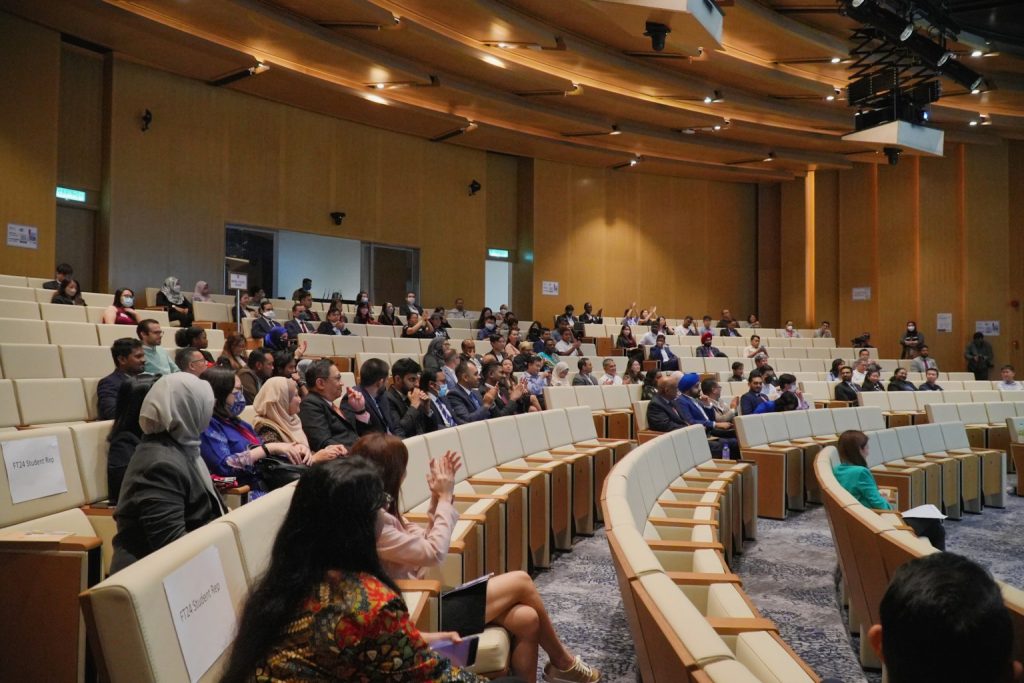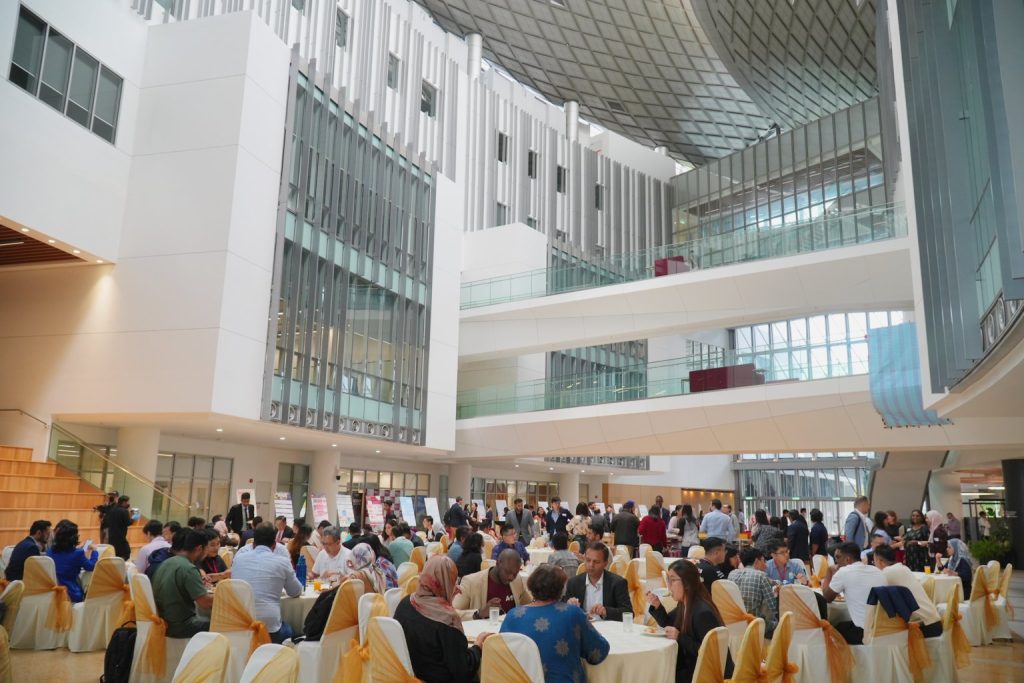PETALING JAYA: The proposal by the Union Network International-Malaysia Labour Centre (UNI-MLC) to raise the employers’ contribution rate to the Employees Provident Fund (EPF) to 20% from 13% to help raise retirement savings can be done gradually to take into consideration the question of affordability. With a more friendly ear in Putrajaya, on Labour Day the UNI-MLC proposed the contribution rate hike only for employees earning below RM4,000 a month, in addition to the recent changes made to the Employment Act 1955.
UNI-MLC president Datuk Mohamed Shafie B.P. Mammal told StarBiz the union called for the rate hike to help replenish and increase the retirement savings of low wage workers and not an across-the-board increase for all employees. “We are asking for a 7% rise for workers in the B40 category, as for someone earning RM2,000 a month, the increase won’t be very substantial. “We don’t want the employers to wash their hands of this problem and to think of this as doing CSR (corporate social responsibility),” he said.
He added that some big companies like Tenaga Nasional Bhd and local banks are already contributing above the mandatory 12%-13% to the retirement fund, but the bulk of smaller and medium-scale companies keep to the regulated minimum mandatory level. Left to fend for themselves during Covid-19, many workers depended on the various withdrawal schemes from the EPF to tie-up their finances but at the expense of depleting their savings, with some wanting to withdraw even more despite the economy moving into the endemic phase since last year.
While the need to bump up the savings of many contributors is not in question, how to approach it is key. Dr Joseph Cherian, the Practice Professor of Finance at Asia School of Business (in collaboration with MIT Sloan) said any proposed increase in the contribution rate could be shouldered by all the parties involved to get better buy-in. “I think a better way would be to decide how much more those in the lower EPF savings bracket should be able to contribute, and then to split the difference.
“One option is to split the 7% increase between the employer and the government or split it three ways, the employee chips in 1%, the other two 3% each. And so on…,” he said. UNI-MLC’s Mohamed Shafie said he would welcome such options that could benefit employees. The Federation of Malaysian Manufacturers (FMM) was, however, quick to state its objection to the call to increase the employers’ EPF contribution rate, especially during this current challenging economic period where the outlook is uncertain and global growth remains fragile.
Mandating all employers a higher contribution rate would be detrimental, especially for small and medium enterprises that make up 97% of businesses, it added. “The industry is of the view that the focus of the government at this point of time should be on short-term and immediate initiatives for workers to have more money in their pockets and to improve the purchasing power of the rakyat amid the continued price pressures that impact everyone.
“The government’s focus should be on keeping the cost and standard of living of the rakyat manageable as well as ensuring a positive economic growth trajectory, which would provide a conducive environment for businesses to increase their profits and improve their cashflow, which would then be able to support better wages and benefits for their employees,” FMM president Tan Sri Soh Thian Lai said in a statement yesterday.
While the core issue is the low wage levels for many workers, employers say any move to bump up the contribution must be done after engagement with all parties and done gradually to ensure local companies remain cost competitive. “Retirement planning should be shouldered by the government and individuals with some help from the private sector. Here, we need to clearly understand what is the problem – which is wanting retirement money – and the options to solve it.
“The government must engage with the employers before making policy measures that will affect them,” Malaysia Semiconductor Industry Association president Datuk Seri Wong Siew Hai told StarBiz. He said the government’s move to announce changes to the employment act and raise the minimum wage and electricity charges over the past year without giving time to prepare have added to the cost of the manufacturers, Wong said.
He added that any changes planned on this issue or others should be done after engaging with the employers. “The government must consider that the private sector must have two to three years to plan and respond to the changes planned. Any policy measures should also ensure local companies remain competitive globally,” he said. With the pushback from employers very likely, Dr Cherian said the government could consider a “Pillar 0” pension support scheme for those in need, which would have a basic living wage provision for retirees that is means-tested and needs-based, which is funded through a non-contributory pension scheme.
A “Pension 0 pillar” is said to be a general social assistance programme designed to specifically deal with the poverty alleviation. According to Investopedia, it is meant to provide the most basic social protection. “This isn’t a novel idea. Norway funds its basic pension system with its national oil receipts via Norges Bank (NBIM or the Government Pension Fund Global), which states, ‘The aim of the oil fund is to ensure responsible and long-term management of revenue from Norway’s oil and gas resources so that this wealth benefits both current and future generations,’” he said.
Those who qualify could avail themselves of the Cagamas reverse mortgage scheme, he added, although the caveat here is the national mortgage corporation’s reverse mortgage scheme will mostly help retirees who are cash-poor but asset-rich to supplement their income in retirement. “Tackling the low retirement savings is a very important issue if we go by some countries’ experiences. It could lead to poverty, acute health problems, social unrest etc,” he warned.
To top it off, Bank Muamalat Malaysia Bhd chief economist Dr Mohd Afzanizam Abdul Rashid said EPF members need to be equipped with knowledge on financial literacy. This would include how inflation can affect their livelihood and how investment can help overcome this problem.
They need to understand how the interest rate is being set and this would mean they need to understand how Bank Negara decides the level of overnight policy rate. “They need to be able to differentiate between fixed rate and variable rate in the financing contract as well as their rights as a borrower. “By equipping themselves with such knowledge, they are able to make an informed decision,” he said.
Originally published by The Star.

